-

Zombie Terminology
Why all the zombies in stories? Zombies have unlimited potential as metaphor. Historically, storytellers have used zombies to explore tensions between conservative and progressive values. The zombies themselves represent widespread cultural anxieties of their era. Some storytellers use zombie stories to reinforce the status quo while progressive storytellers use zombies to critique it. Watching the
-
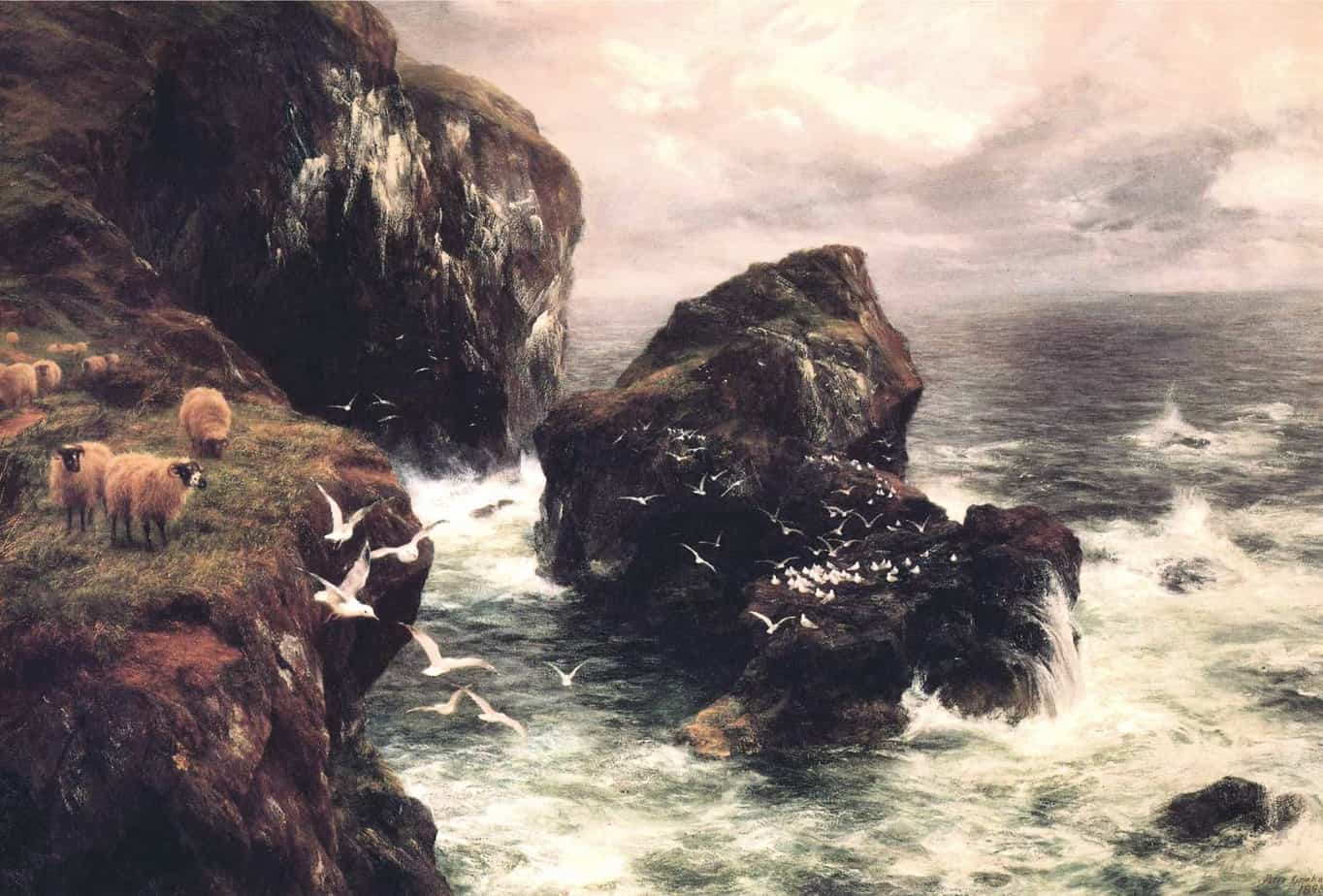
Diary of an Interesting Year by Helen Simpson Short Story Analysis
“Diary of an Interesting Year” by Helen Simpson is a science fiction short story and the final story in her collection In-flight Entertainment. This story is written in diary format and is a critique of the apocalyptic dystopian genre. “Interesting” of the title is classic understatement. The comedy achieved by the irony and satire in
-
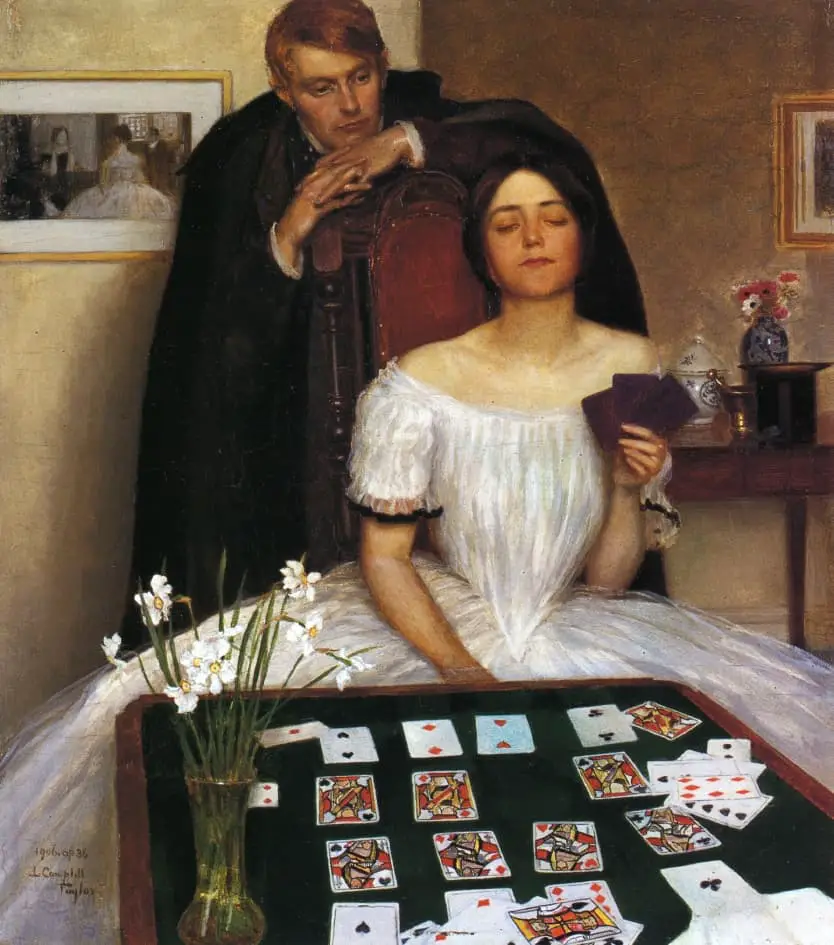
What is narrated monologue?
There are many, many words and phrases used by different commentators to catalogue the many ways of narrating fiction. The terms overlap. Some have called the writing style of modernists such as Mansfield, Lawrence and Woolf ‘narrated monologue’. What is that, exactly? And what does it look like on the page? Narrated monologue presents the
-
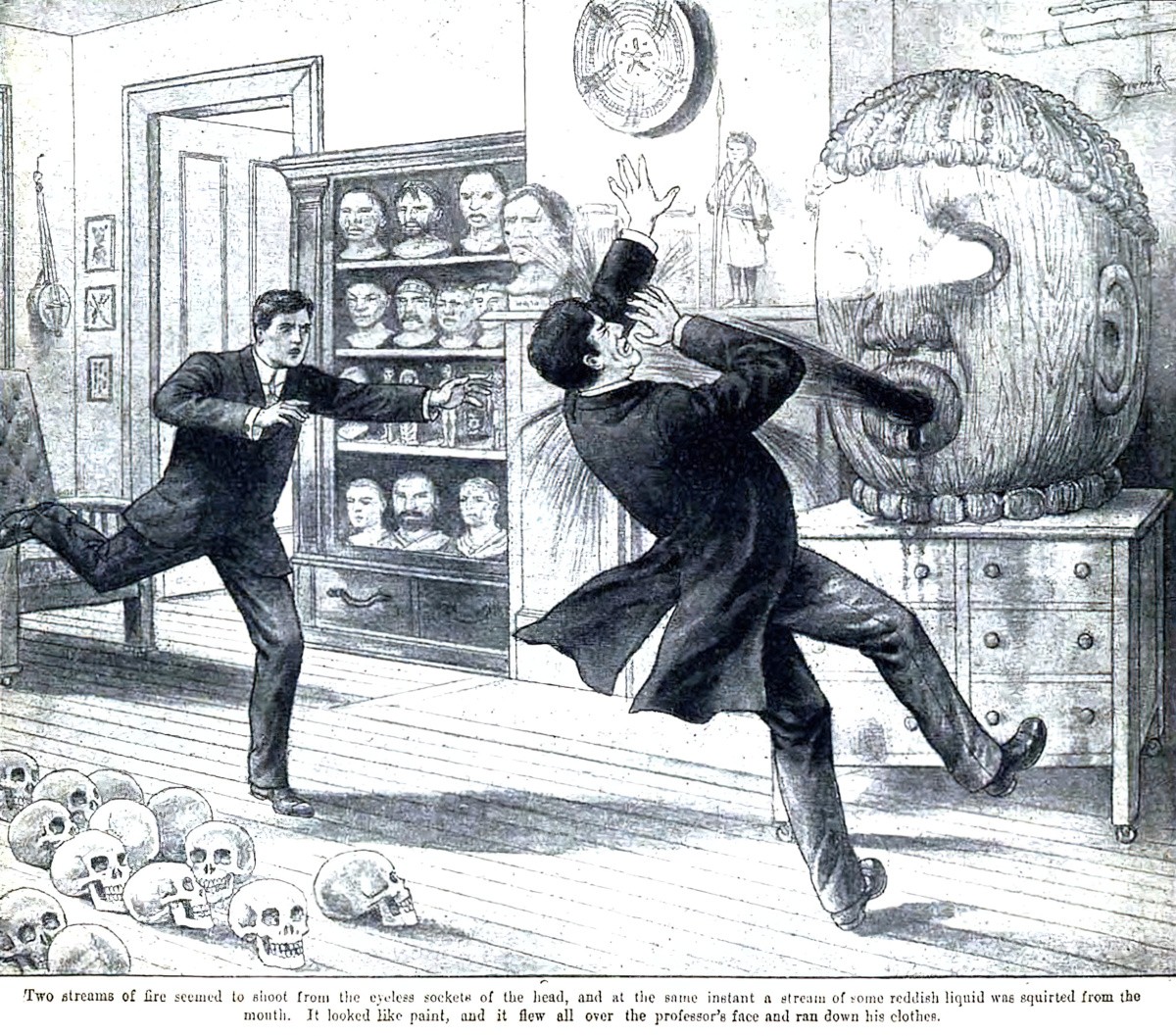
The Creepiest Body Parts
The human body is a grotesque, meaty thing. Storytellers can make use of our squeamishness by breaking the body into parts for horror or for comic effect. In his autobiography Going Solo, Roald Dahl takes a voyage to Africa. Onboard the ship he meets all sorts of weird and wonderful characters, as Dahl was inclined
-
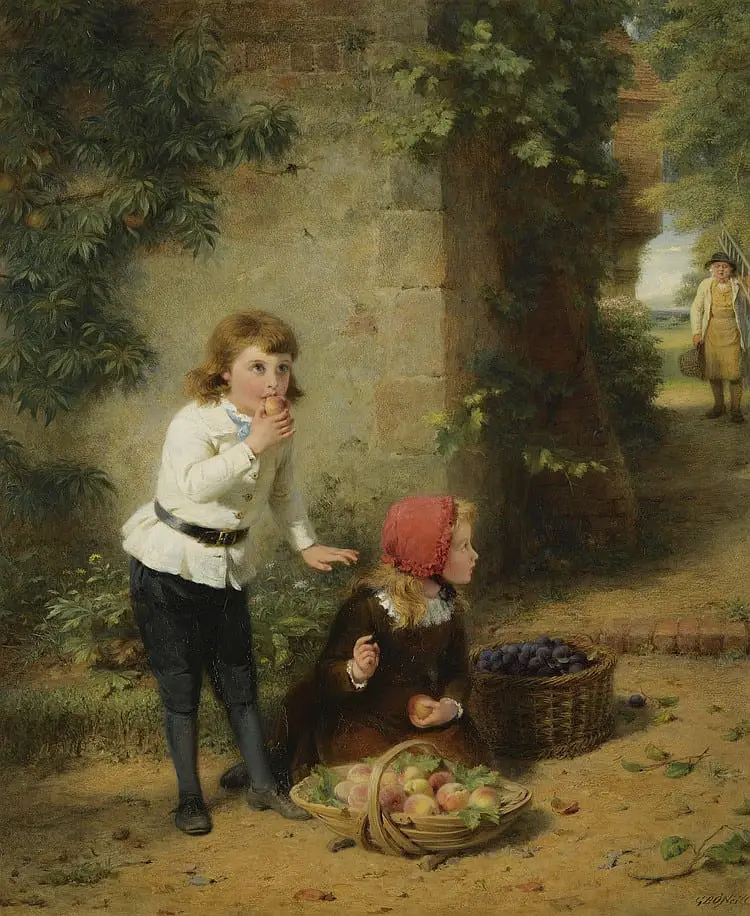
How To Write A Likeable Main Character
Must characters in stories be likeable? No. Are unlikeable characters popular with audiences? Yes. But they’re harder to write. They need to be all of the things listed below and then some. Some characters in some stories shouldn’t be likeable. But what if you want to create a genuinely likeable main character who appeals to
-
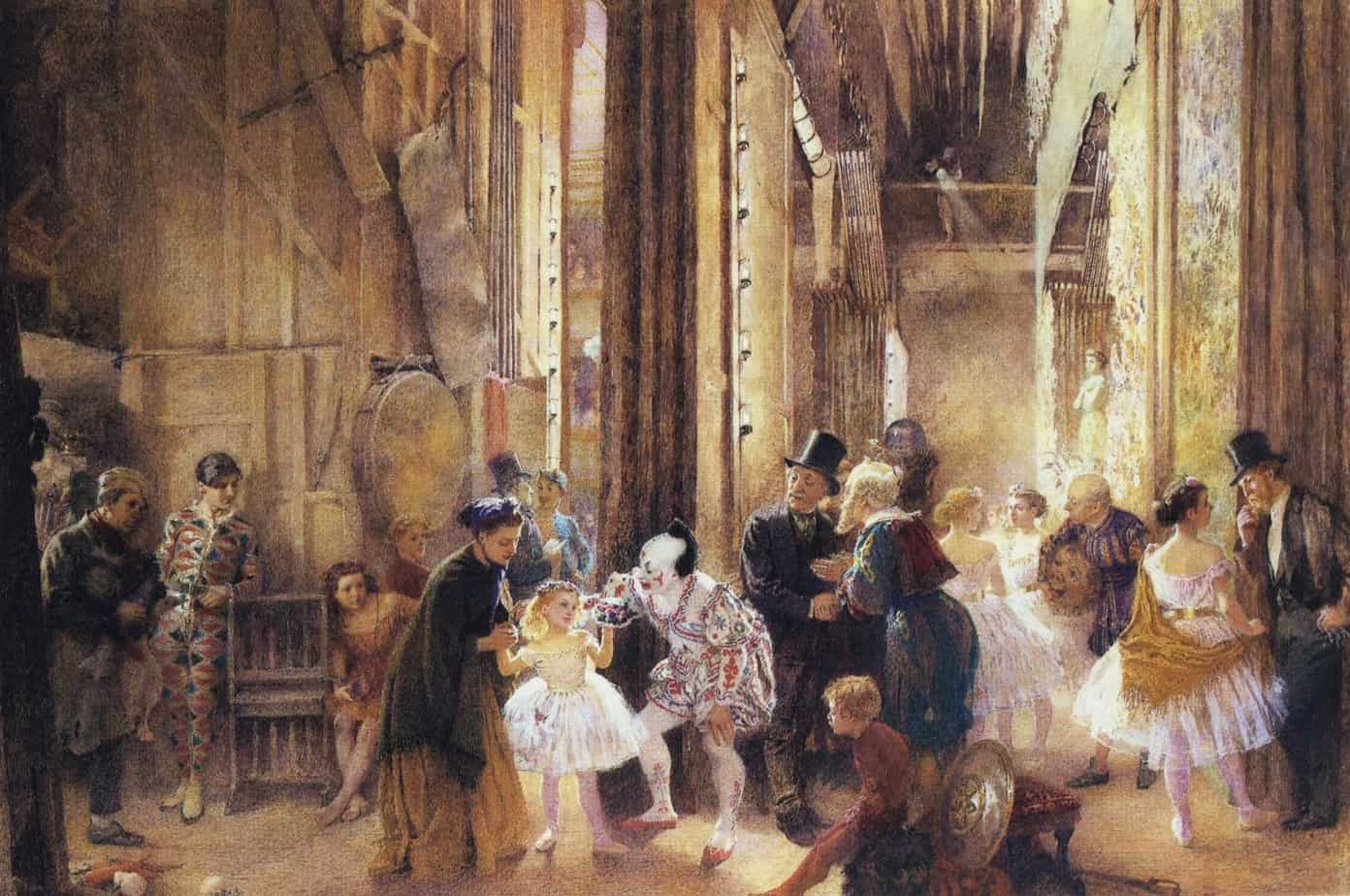
Burlesque In Storytelling
Burlesque is a type of entertainment that caricatures serious works. It is an extreme form of parody. Burlesque can be used as a verb i.e. to burlesque something. You might accidentally burlesque yourself by buying expensive tennis gear then turning up with no idea how to play, for instance. Comedy derives from the contrast and
-
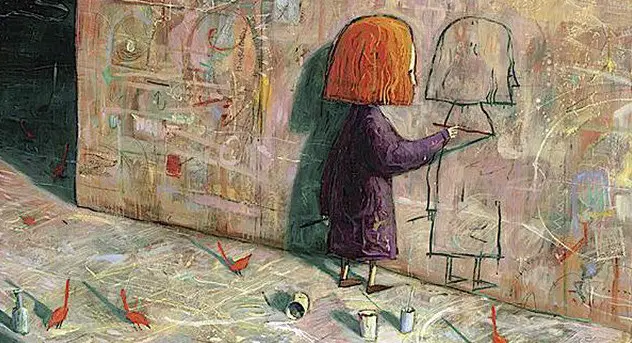
Impressionism In Picture Books Analysis
Impressionism is an aesthetic movement. Art preceding this movement tended to religious and historical in nature and realistic. The golden age of Impressionism in art lasted 1876-1886. WHAT DEFINES AN IMPRESSIONIST PAINTING? Unlike the realist art which came before, an Impressionist painting seems as if the viewer only caught the scene with a glance. Vibrancy
-
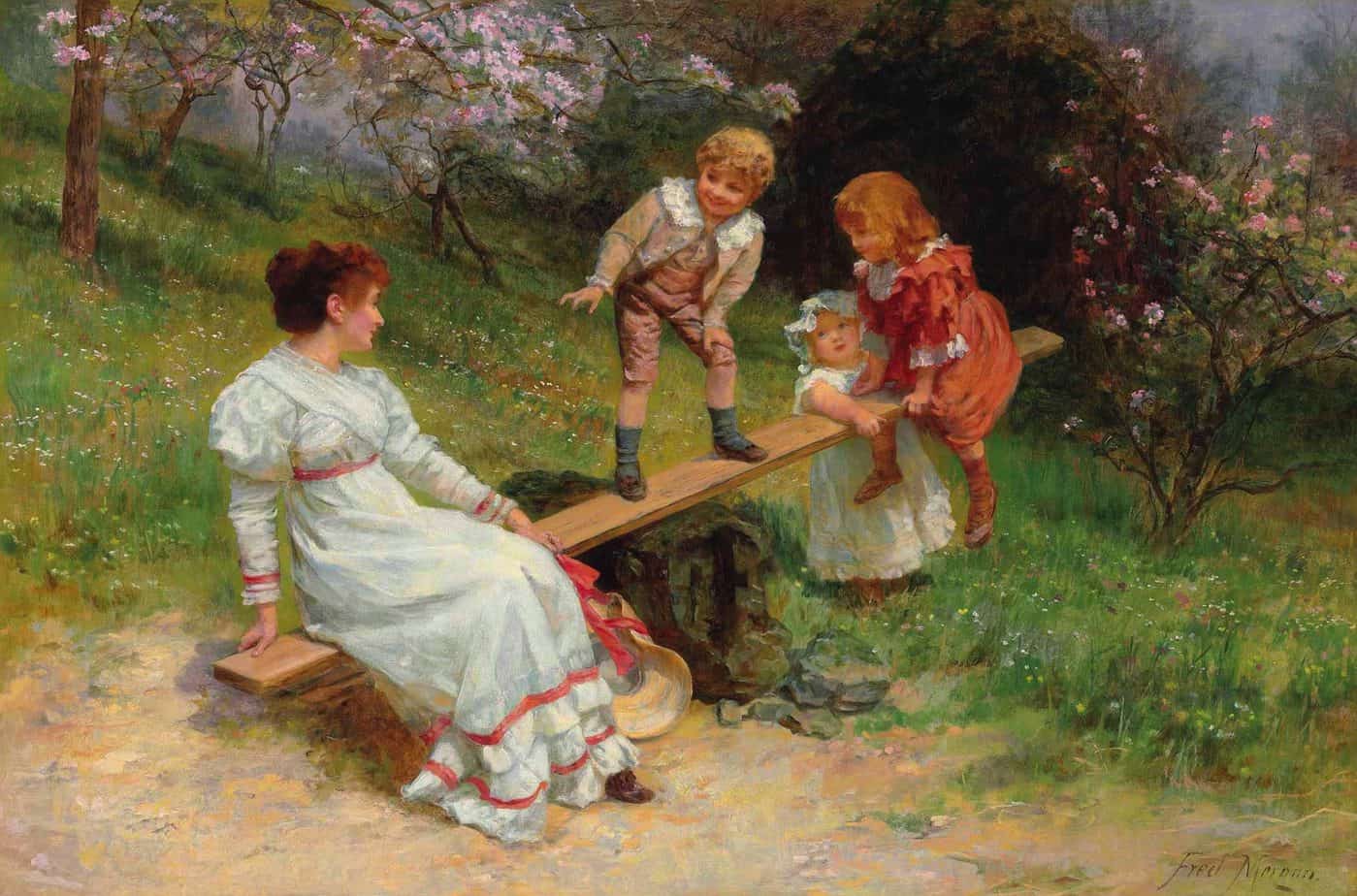
See Saw by Katherine Mansfield Short Story Analysis
“See Saw” is a short story by Katherine Mansfield, published 1919. Before Katherine Mansfield (and similar writers e.g. Chekhov) came along, stories were all about storytelling. The whole point of telling a story: To immerse the reader in a fascinating event, to paint a picture of setting and character, and possibly to teach readers a
-
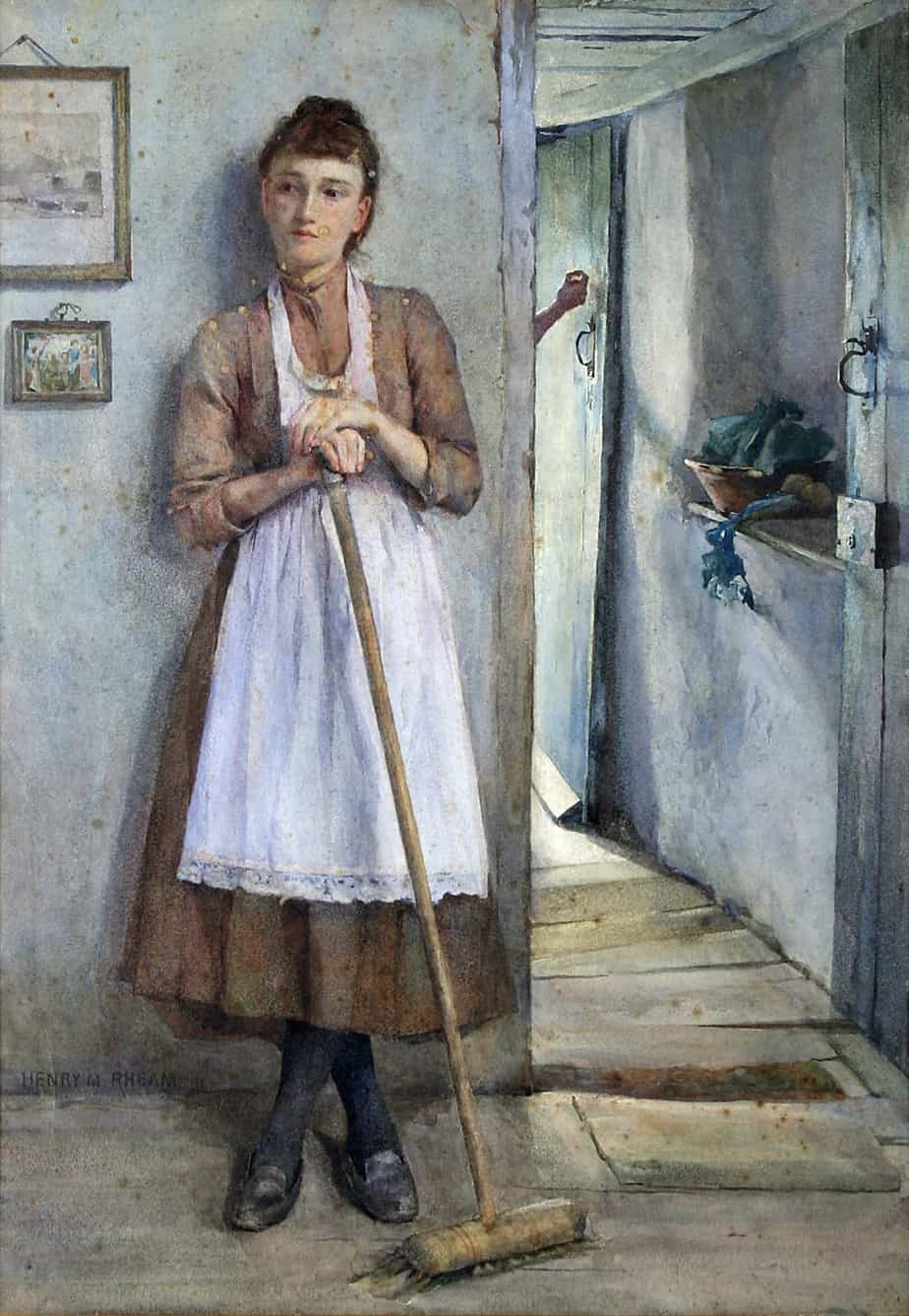
The Symbolism of Broomsticks
Broomsticks are useful storytelling symbols that serve double duty — they are a symbol of female oppression (tied to the house and the drudgery of housework) but also, by leap of imagination, turn into a vehicle by which to escape. Broomsticks may keep a woman housebound, but also afford the imaginative freedom to fly. Which
-
Carnation by Katherine Mansfield Short Story Analysis
“Carnation” (1918) is a short story by Katherine Mansfield, included in her Something Childish collection. I like this one very much — a rare story of blossoming female friendship. SETTING OF “CARNATION” Mansfield often opens stories in medias res and grounds us in the setting: On those hot days The entire story takes place in
-
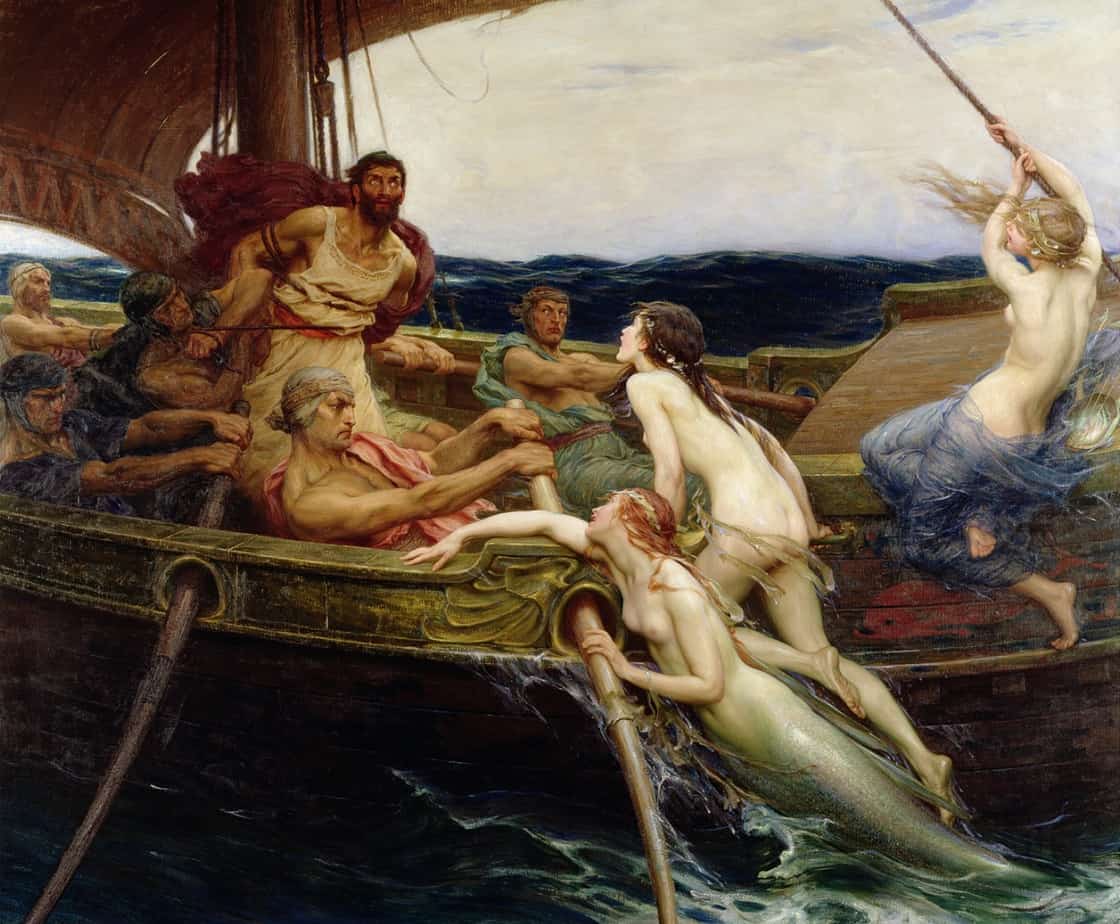
Up At A Villa by Helen Simpson Short Story Analysis
“Up At A Villa” is a short story by Helen Simpson, opening her 2011 collection In-flight Entertainment. This is a lyrical short story full of symbolism. Cover copy tells us to expect work a la Alice Munro. Of all the stories here, the images in “Up At A Villa” are most reminiscent of Munro —
-
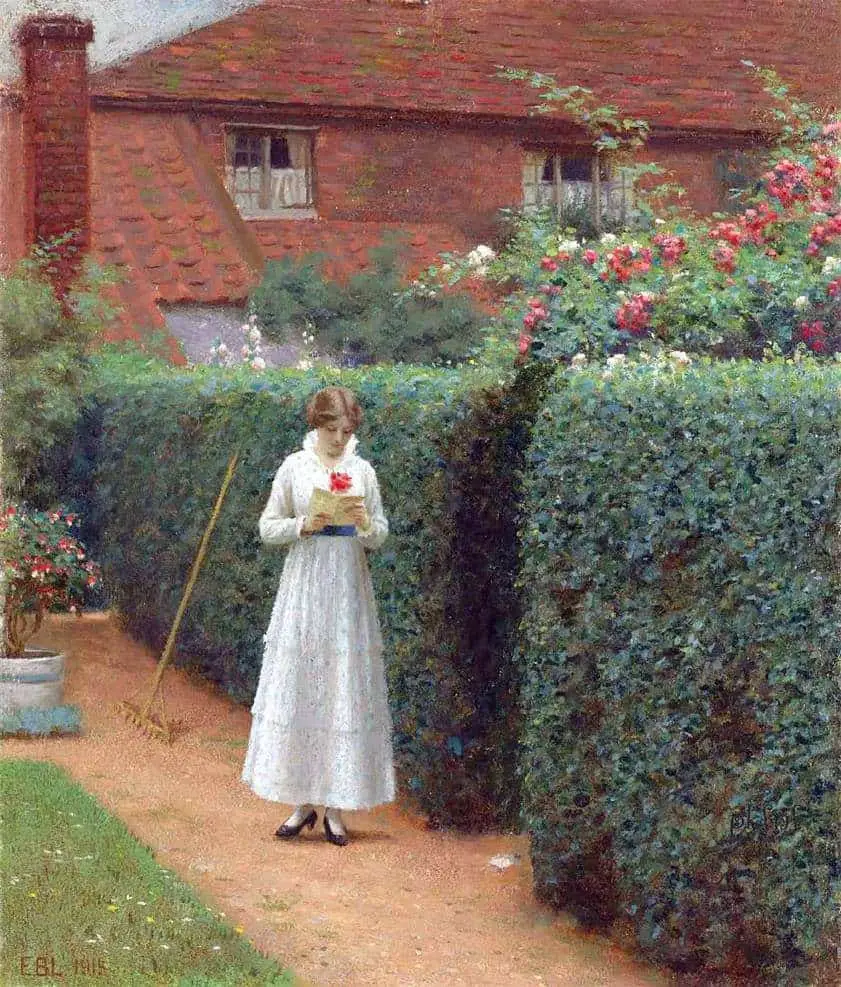
Two Types Of Short Stories
Length aside, short stories are not like other works. There is something just… different about them. This difference is not about length; it’s about function. However, some stories function no differently from a novel. They’re simply… shorter. This post is an exploration of the qualitative differences between what we might call The Literary Short Story
-
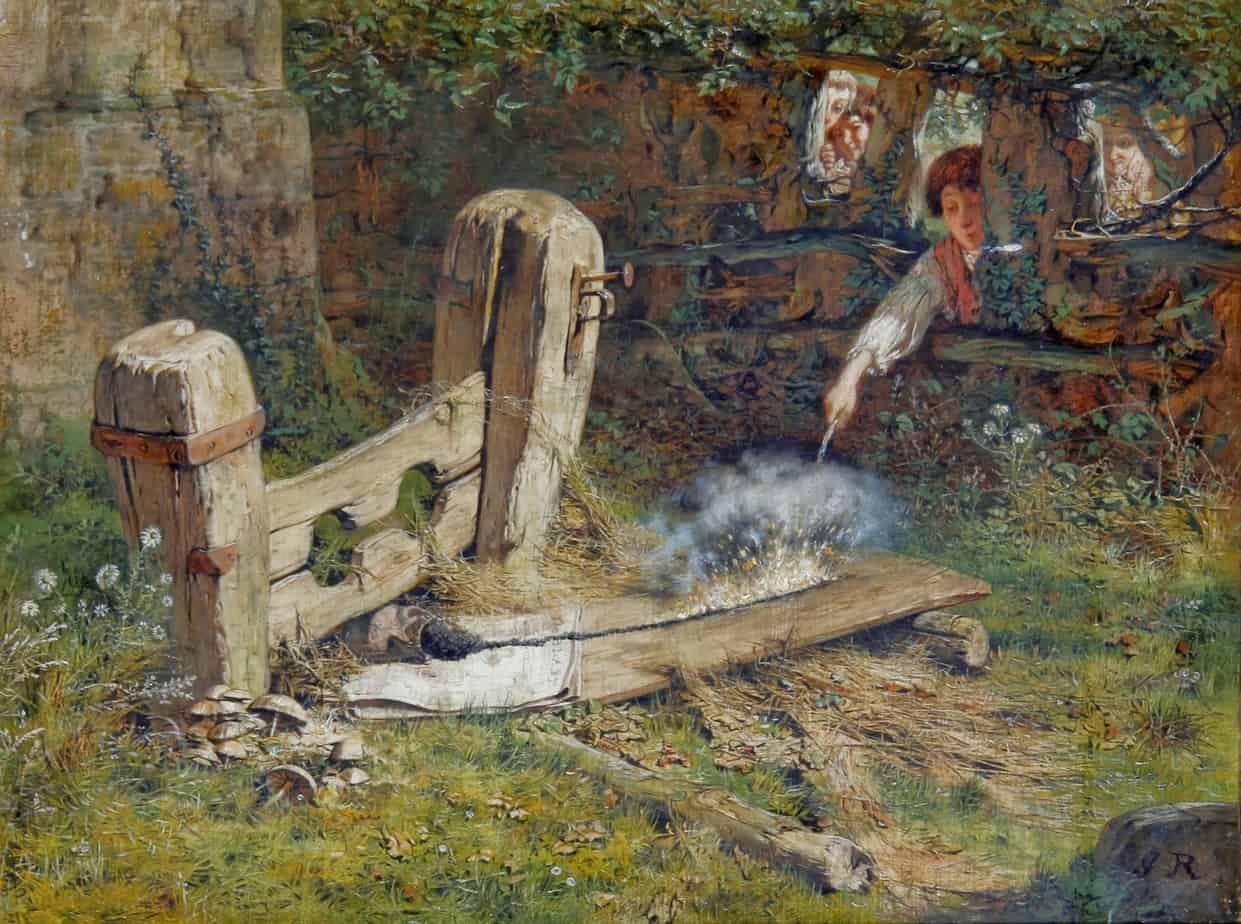
How to identify an inciting incident?
The term ‘inciting incident’ is one of those writing words which means different things to different people. Some writers don’t think in terms of inciting incident. To others it is key to a good story beginning. Some authors have easily identifiable inciting incidents, and one big event to set off a chain of events seems
-
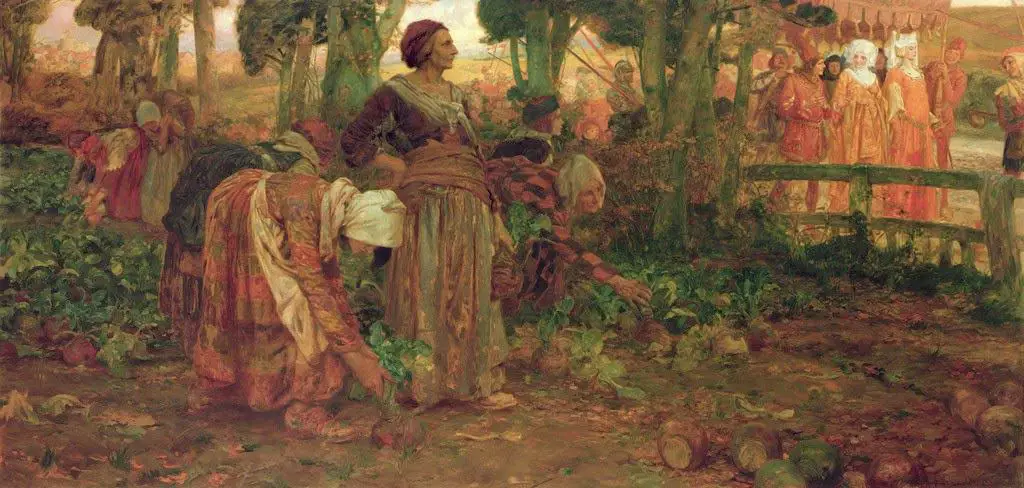
The Ideology Of Wealth In Stories
Wealth brings out the worst in people. This is the overriding message we get from stories in general, be they for children or adults. However, sometimes by working hard a hero can become rich. In a Cinderella story goodness leads naturally to riches. This is thought to be Cinderella’s rightful place — after all, Cinderella…
-

In-flight Entertainment by Helen Simpson Analysis
“In-flight Entertainment” is a short story by Helen Simpson, published in her 2010 collection of the same name.